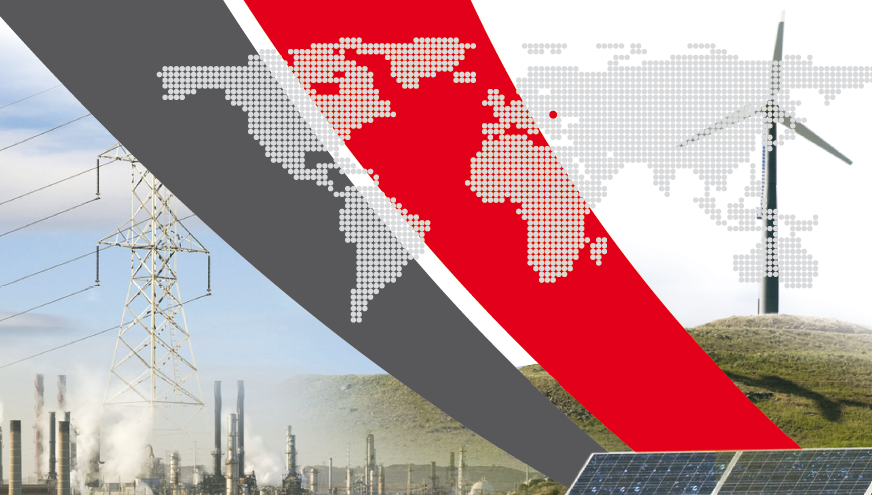Demand Response of Blocks of Buildings (official site)
DR-BOB

| Dates: | March 2016 - Feb 2019 |
| Sponsor(s): | EU Horizon 2020 |
| Researcher(s): | Dr. Stet Denisa, Dr. Czumbil Levente |
| Local Coordinator: | Prof. Dan D. Micu |
| Project Coordinator: | Prof. Nashwan Dawood (Teeside University, UK) |
| Romanian Pilot Site: | (link to pilot site description) |
Aims |
To achieve its aim the DR-BOB project will: |
Demand Response has a recognised value to customers, national energy networks, and to the environment. However the specific value chain for demand response provision in blocks-of-buildings is yet to be conclusively proven. It depends on the telemetry and control technologies embedded in the building management systems currently deployed at any given site and the potential revenue sources: both of which vary according to specific local and national conditions. In this context the aim of the DR-BOB project is to demonstrate the economic and environmental benefits of demand response in blocks of buildings for the different key actors required to bring it to market. These include but are not restricted to Distribution Network Operators (DNO) Energy Suppliers, Transmission Network Operators (TNO), Energy Service Companies (ESCO) IT providers and facilities owners and managers.
|
|


